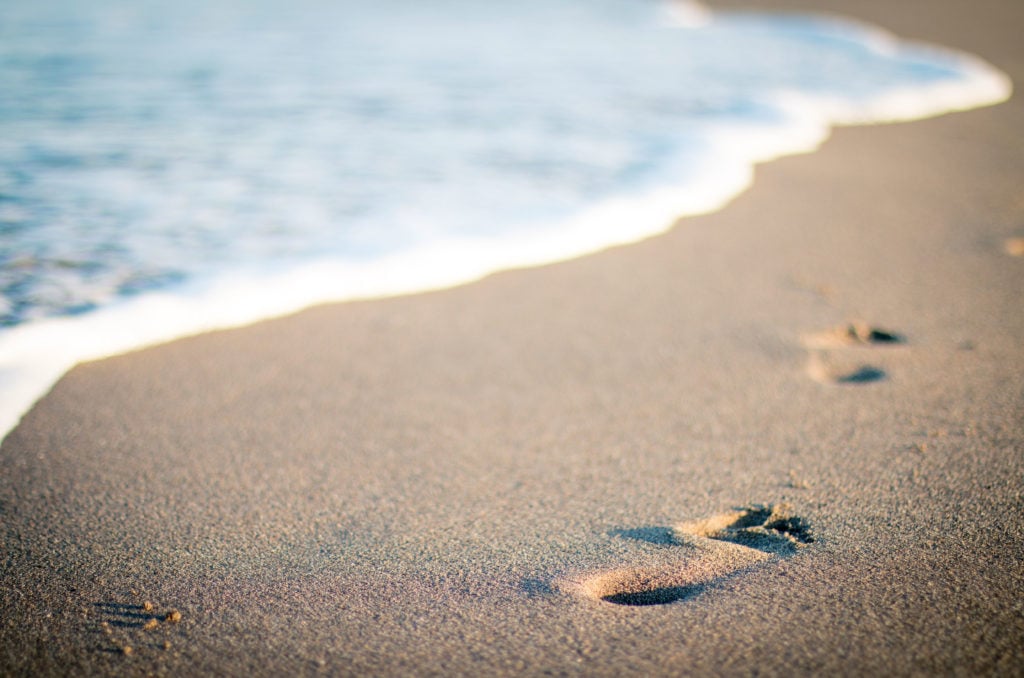Tides occur mainly due to the gravitational forces exerted by the moon and, to a lesser extent the sun, on the surface of the Earth’s oceans. In most coastal areas around the world, there are two tidal cycles (meaning 2 low tides and 2 high tides) over the course of what is called a lunar day (24 h and 50 min), creating a gap of approximately 6 hours and 12 minutes between each low tide and high tide.
The rise and fall of the sea can be witnessed (in different intensities) all over the world. From a sandy beach in Brazil to the rocky shores of a Japanese island; if you stare patiently at the coastline you’re bound to notice the gradual movement of the tides. Such event is meaningful, if not essential, to many different people – the average beachcomber, surfers, fishermen, divers, and even some industrial and commercial facilities – which makes it at the very least worthy of grasping the basics.
Tides are influenced by a number of environmental factors, like the shape of coastlines, the flow of currents, weather, bathymetry, etc. More importantly, the up and down movement of the sea in a given location is due to the centrifugal force generated by the Earth’s rotation together with a combination of the gravitational pull exerted by the moon and the sun on the Earth, causing the waters to bulge from the surface of the planet.
A tidal cycle is a name given to the process that takes place from the moment the tide is at its lowest level until it reaches its highest level. In most coastal areas around the world there are two tidal cycles (meaning 2 low tides and 2 high tides) over the course of what is called a lunar day (24 h and 50 min) – which is the time it takes for the moon to complete a full rotation around the Earth.
The variations between high tide and low tide happen according to the position of the moon in relation to a given point on the surface of the Earth. When the moon is directly above (or opposite) a given coastal area on the Earth – at an angle of 0° or 180° relative to the Earth’s core – we witness high tides. Conversely, low tides occur at that same point when the moon is at a 90° or 270° angle in relation to the core of our planet. And during the time the moon transitions between these marked angles, so does the level of the water moves up and down.
Since the moon takes approximately 24 hours and 50 minutes to complete a full rotation around our planet, and there are usually two high tides (at 0° and 180°) and two low tides (at 90° and 270°) in most coastal zones around the Earth, if we divide the time of rotation by the 4 stages of the tidal cycles present in a lunar day, it’s possible to conclude that there are approximately 6 hours and 12 minutes between each low tide and high tide.

Ryan is the founder of Tideschart.com. Originally from New Zealand, Ryan has traveled to more than 20 countries and has combined more than 10 years of development experience with his passion for the ocean.






